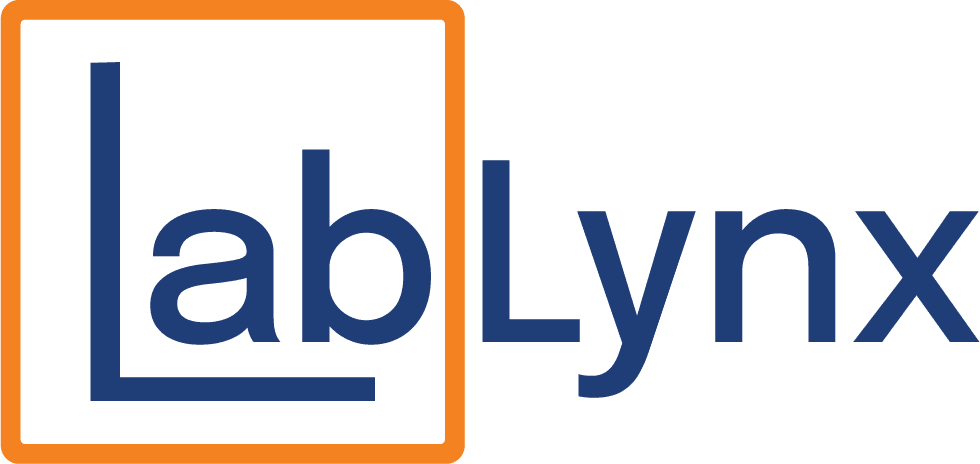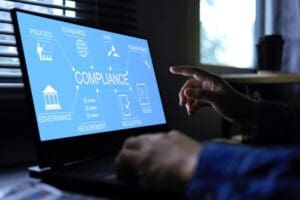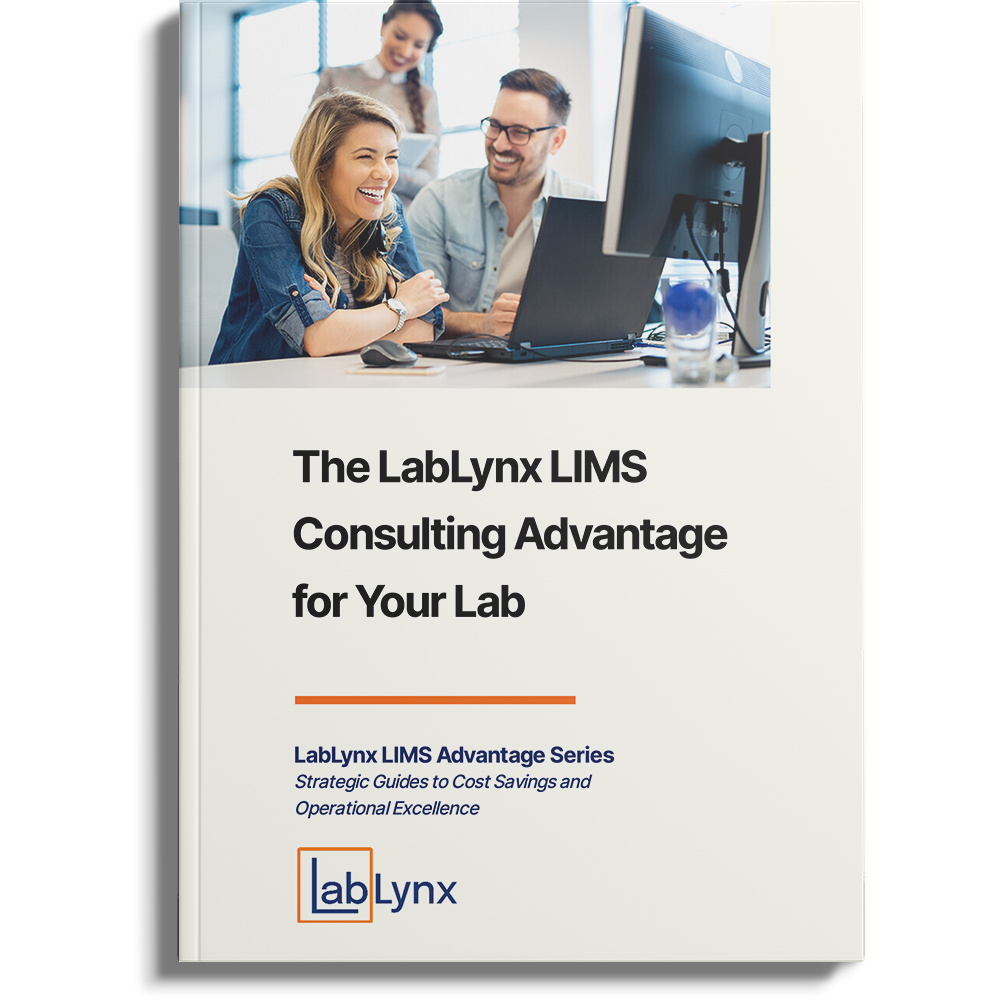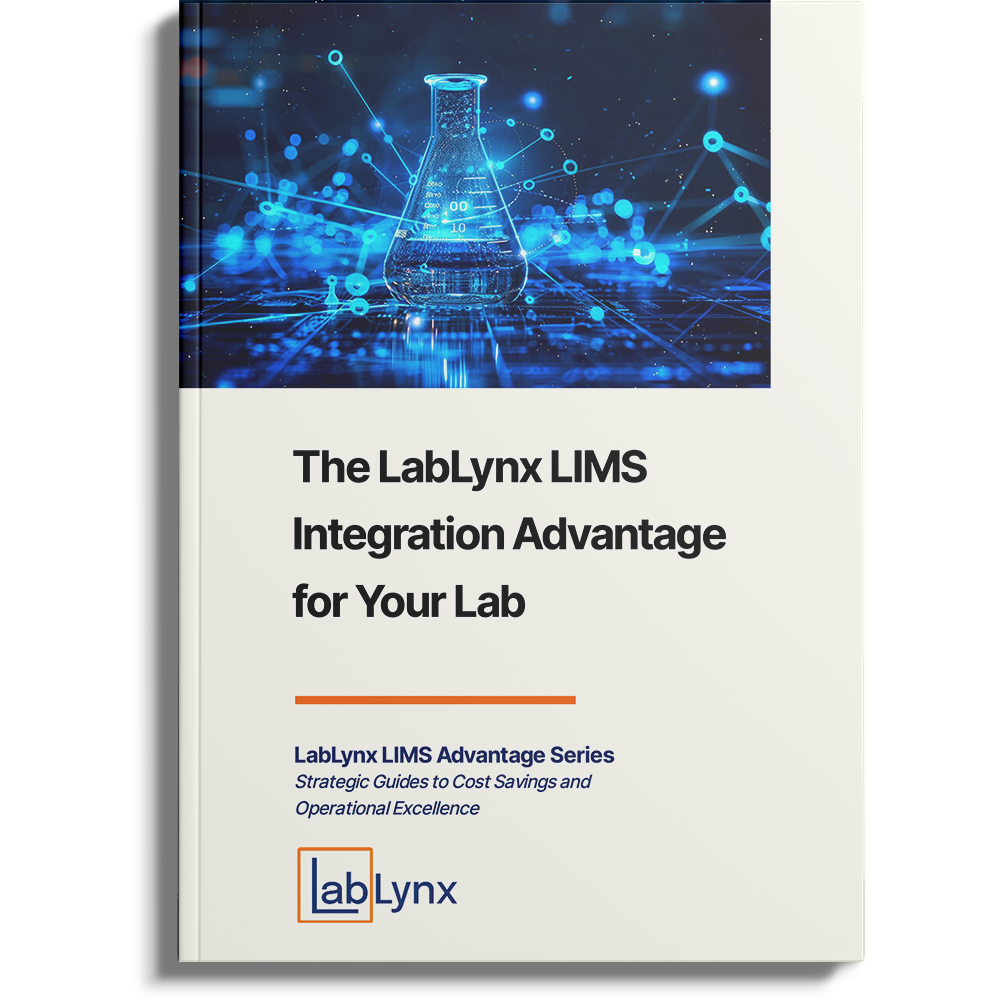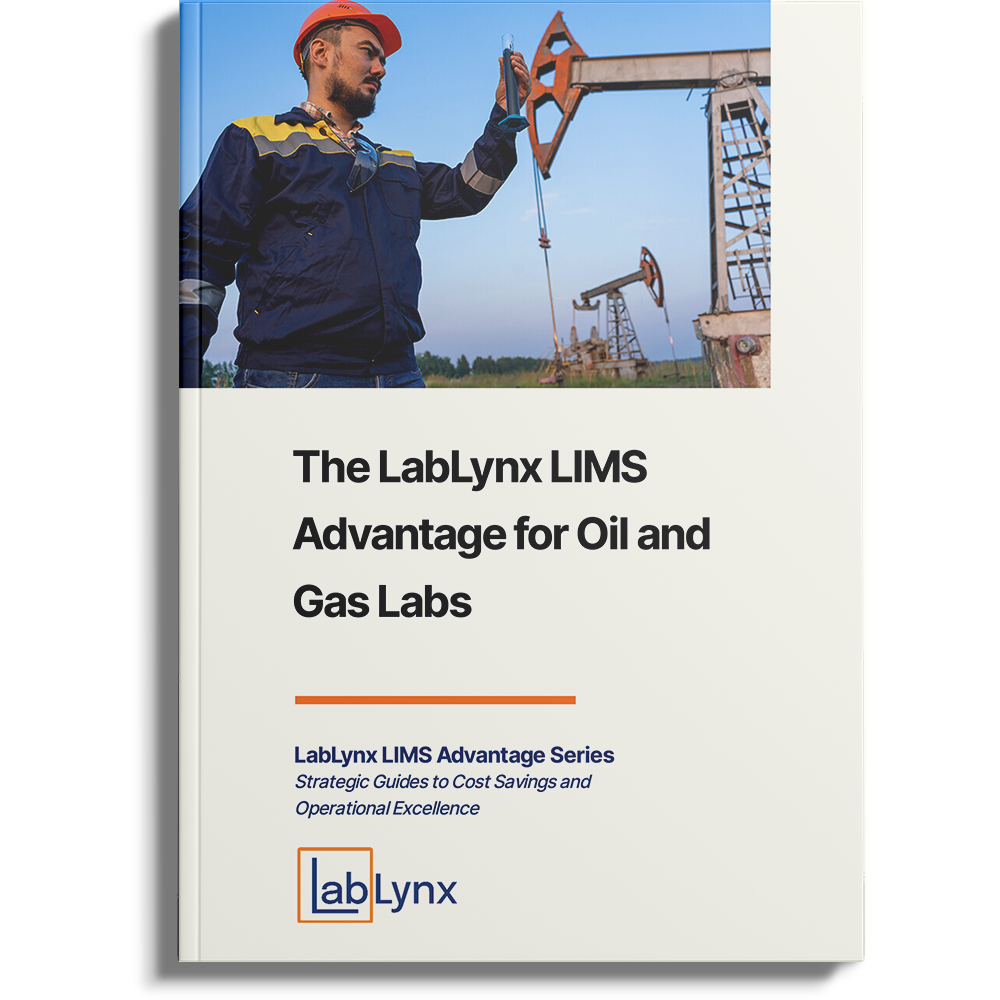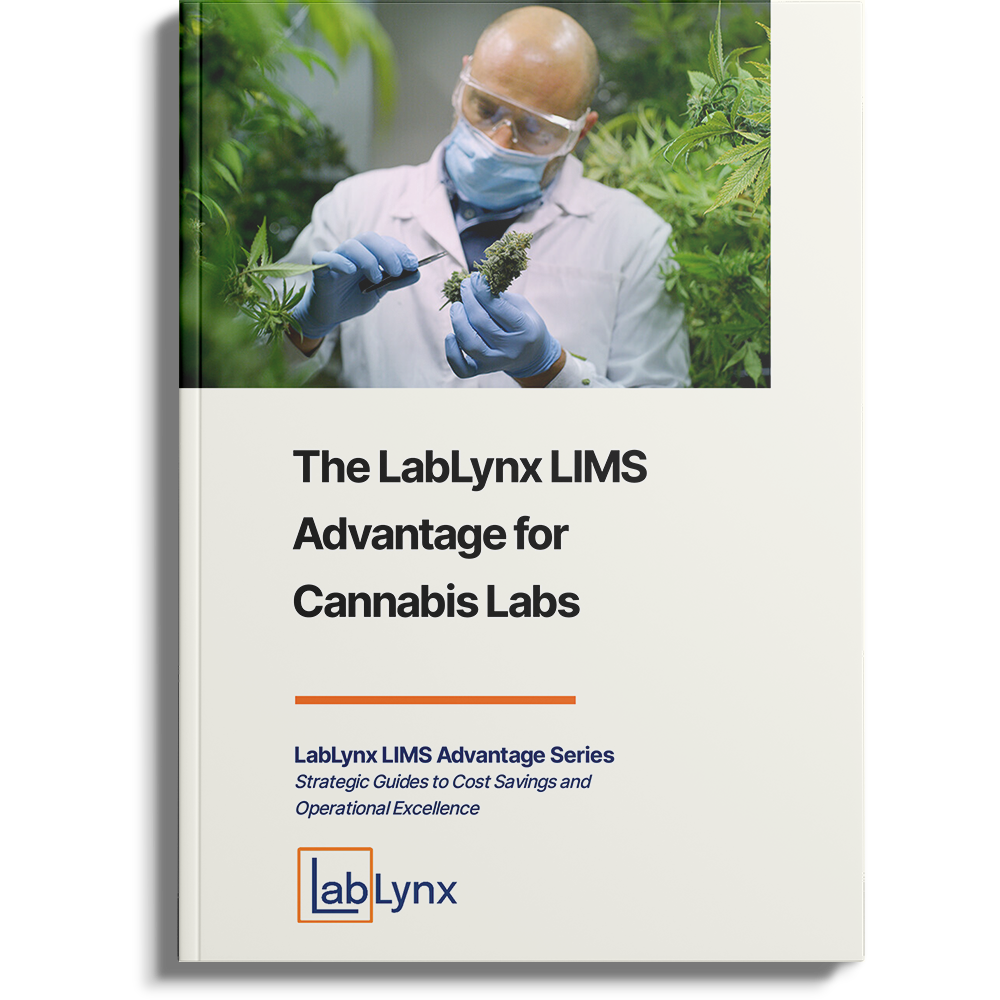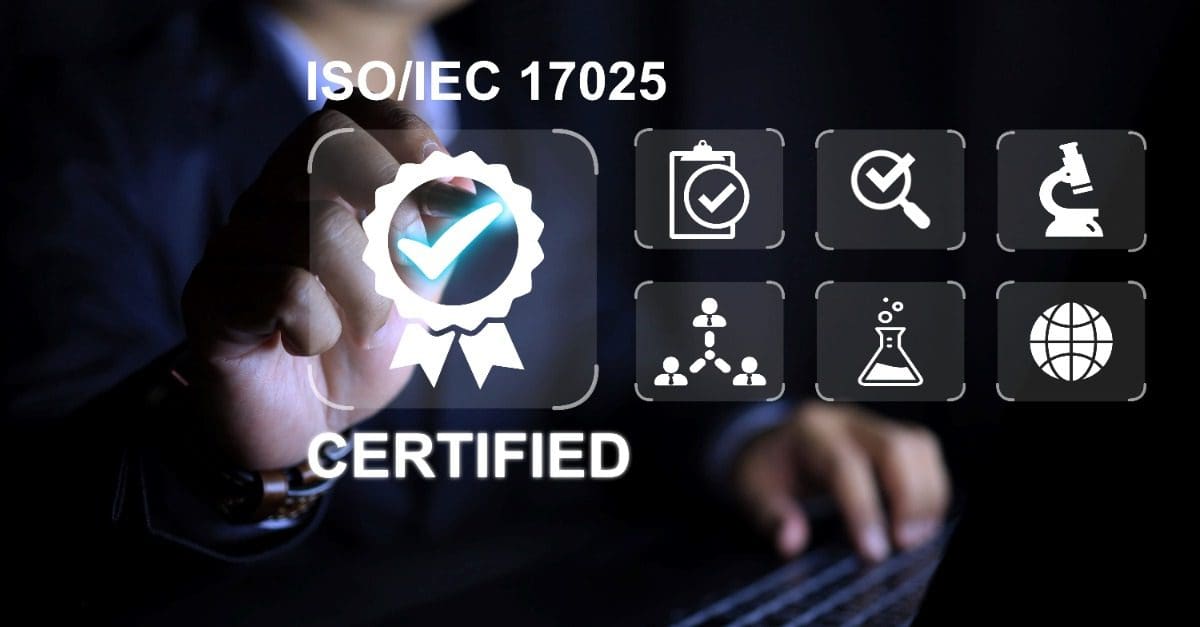
Laboratories hold the key to unlocking the mysteries of science. But how can we ensure that laboratories consistently produce test results that are accurate and dependable?
ISO /IEC1705, also known as ISO 17025, is an international standard that plays a crucial role in verifying that laboratories consistently produce precise and dependable test results while operating with competence and reliability. ISO 17025 covers a wide range of laboratory operations, including personnel expertise, equipment suitability, testing and calibration methods, and quality assurance. The scope and requirements of accreditation can vary based on the industry and each laboratory’s specific activities and services.
To achieve ISO 17025 accreditation, laboratories must meet two main requirements: Management and Technical requirements. The management requirements pertain to the overall operation and management of the laboratory. The technical specifications outline the criteria for the laboratory’s technical competence and the quality of its testing or calibration activities. Compliance with these requirements involves implementing documented procedures, maintaining appropriate records, conducting internal audits, and participating in external proficiency testing programs.
One of the principles emphasized is the impartiality and confidentiality of laboratory activities. The standard demands that laboratories demonstrate independence, integrity, and freedom from commercial, financial, or other influences that could compromise their impartiality. The standard also provides guidelines for safeguarding confidential information and handling customer data securely.
By adhering to the laboratory competency framework established by ISO 17025, laboratories can demonstrate their competence and reliability to customers, regulatory authorities, and accreditation bodies. Accreditation formally acknowledges that a laboratory meets the standard’s requirements and has undergone assessment by a competent accreditation body.
Accreditation challenges for paper-based labs
Do you find yourself in a paper-based laboratory where antiquated processes and physical records are still used? You are not alone. While your lab may be rich in knowledge and expertise, it may find itself grappling with a unique set of challenges when it comes to pursuing ISO 17025 accreditation.
At the heart of ISO laboratory standards lies the importance of document control. Your lab must establish and maintain a robust system for governing its documentation, encompassing many procedures, work instructions, and records. However, for paper-based labs, this poses a significant stumbling block. Managing and updating countless paper documents can quickly spiral into a nightmare of version control dilemmas, document distribution headaches, and the perpetual quest to ensure that the latest revisions are readily accessible to all relevant personnel.
But the challenges continue. ISO further mandates the maintenance of comprehensive records, encompassing vital elements such as test data, calibration records, method validation documentation, and personnel training records. The struggle to store and retrieve physical documents looms large for labs shackled by reliance on paper. Time-consuming searches, potential errors in document retrieval, and the delicate dance of preserving records in a controlled environment all conspire to create a mammoth task.
Regrettably, paper-based systems are not immune to human error. Manual data entry introduces an insidious threat—typographical errors lurking in the shadows. Without the safety net of automated checks, the accuracy and reliability of test results teeter on the edge of uncertainty. The location of paper records, dispersed across various cabinets or offices, can turn the simple act of retrieving and sharing information into a Herculean endeavor. This lack of accessibility stifles effective collaboration, delays decision-making, and leaves laboratories ill-equipped to respond promptly to customer inquiries or regulatory audits.
As ISO 17025 demands regular internal audits and assessments, the plight of paper-based labs becomes even more pronounced. Auditing, once a time-consuming ordeal, is further exacerbated by the need for manual processes. The arduous task of collecting and analyzing data scattered throughout multiple paper documents, tracking non-conformances, and implementing corrective actions transforms audits into logistical nightmares.
Lastly, we come face to face with ISO 17025’s unwavering focus on traceability. Your laboratory must establish and maintain a robust traceability system for measurements and calibrations. Yet, paper-based systems often lack the necessary mechanisms to track documents effectively. For these labs, constructing a comprehensive traceability framework becomes an uphill battle without the aid of electronic systems or specialized tools.
But fear not, for there is hope on the horizon. By embracing the power of technology, like the LabLynx ELab LIMS software solution, your paper-based lab can surmount its accreditation challenges, transcending the limitations of outdated practices and unleashing their true potential.
How the LabLynx ELab LIMS can help labs achieve and maintain ISO 17025 accreditation
Below is the success story of a laboratory that shifted from paper to the LabLynx ELab laboratory information management system (LIMS) to achieve ISO 17025 accreditation and the positive outcomes they experienced:
A provider of environmental testing services successfully obtained ISO 17025
accreditation after implementing the LabLynx ELab LIMS for Environmental Labs. The
accreditation significantly enhanced their credibility and reputation in the industry.
As a result, they experienced an increase in customer confidence and a growing client
base. The certification also opened new business opportunities, including
collaborations with larger organizations and government contracts. Additionally,
implementing ISO 17025 requirements led to improved quality management
practices, streamlined processes, and enhanced operational efficiency, resulting
in cost savings and improved profitability for the laboratory.
Let’s explore how LabLynx ELab LIMS can help your laboratory achieve and maintain ISO 17025 accreditation. The LabLynx software solution offers a comprehensive framework for managing and controlling laboratory operations, significantly supporting the accreditation process, and ensuring compliance with the accreditation criteria.
Document control
ELab LIMS is a centralized repository for all laboratory documents, including standard operating procedures (SOPs), test methods, calibration procedures, quality manuals, and other relevant documents. The document management within ELab allows authorized users to upload and review these documents while maintaining a comprehensive version control system. This feature ensures that all documents are up to date, with a clear audit trail of when new versions are uploaded, and avoids the confusion of outdated or conflicting procedures.
Furthermore, ELab LIMS’ document management enables document ownership and responsibility assignment. Each document can be associated with a specific user or group, ensuring accountability for its maintenance, review, and approval. This feature aligns with ISO 17025’s requirement for clearly identifying responsible individuals for document control, allowing for effective communication and coordination within the laboratory.
Sample tracking and chain of custody
The LabLynx ELab LIMS tracks the entire lifecycle of samples, from receipt to disposal. The sample tracking functionality of ELab allows laboratories to record and monitor detailed information about each sample received, including its origin, collection date, unique identifiers, and relevant metadata. This information is crucial for maintaining sample integrity, tracking its movement within the laboratory, and establishing a transparent chain of custody. By capturing and organizing this data, ELab ensures that a lab meets ISO 17025’s sample identification, documentation, and traceability requirements.
ELab’s chain of custody capabilities goes beyond simple sample tracking by providing a systematic process to document the transfer of samples between different personnel, departments, or testing phases. It allows authorized users to record the date, time, and individuals involved in each transfer, creating a detailed and auditable record of the sample’s journey. This level of documentation and transparency is essential to meet the laboratory accreditation standard, as it enables the identification of any potential breaks or discrepancies in the chain of custody, ensuring the reliability and validity of test results. Chain of custody also aligns with ISO 17025’s requirement for secure sample handling and prevents unauthorized access or tampering, safeguarding the integrity of the testing process.
Instrument integration and calibration
Instrument integration refers to the seamless connection and communication between the LIMS and various laboratory instruments, such as analytical devices, balances, and other testing equipment. By integrating laboratory equipment with the LabLynx ELab LIMS, measurement data can be directly captured, stored, and associated with specific samples or test requests, ensuring traceability and reducing the risk of manual transcription errors. Instrument integration not only streamlines the data entry process but also enhances data accuracy, as it eliminates the need for manual input and minimizes the potential for human errors. By promoting accurate and reliable data acquisition, ELab LIMS supports compliance with ISO 17025’s measurement traceability and data integrity requirements.
In addition to instrument integration, ELab’s calibration functionality facilitates compliance with ISO 17025’s calibration requirements. The LabLynx ELab LIMS provides a centralized platform to manage and track the calibration status of laboratory instruments. It allows your lab to schedule and record calibration activities, including calibration dates, procedures, reference standards, and the individuals responsible for calibration. Comprehensive calibration management ensures that all instruments are regularly calibrated according to defined schedules and procedures, aligning with the requirement for maintaining traceable measurement equipment.
Quality control and quality assurance
The quality control (QC) functionality of a LIMS enables laboratories to define and implement QC procedures and protocols, ensuring that analytical processes and instruments consistently meet established performance criteria. The LabLynx ELab LIMS allows for the creation of QC samples, which monitor the performance of instruments, reagents, and analytical methods. These QC samples can be assigned specific target values and acceptable ranges, enabling the automated comparison of measured results against predefined criteria. This automated comparison streamlines the QC process and provides immediate feedback on instrument or method performance, ensuring that measurements meet the required quality standards. This data-driven approach supports the requirement for ongoing monitoring of measurement processes and identifying potential issues that may affect the accuracy and reliability of laboratory results.
Additionally, ELab’s quality assurance capabilities facilitate compliance with ISO 17025’s requirements for systematic quality management. It allows your laboratory to define and document quality policies, procedures, and objectives within the software system. These quality documents can include standard operating procedures (SOPs), quality manuals, and other relevant documents. By centralizing these documents in the LIMS, your lab can ensure that personnel can access the latest versions, reducing the risk of using outdated or incorrect procedures.
Test method management
The test method management functionality of a LIMS enables laboratories to establish and maintain a comprehensive repository of validated test methods. The ELab LIMS allows for creating and documenting test method details, such as method name, version, scope, purpose, and associated reference materials or equipment.
One of the critical aspects of test method management is the validation and verification of test methods. ELab enables laboratories to define and document the validation process, including criteria, protocols, and acceptance criteria. By capturing and organizing this information, the LIMS ensures that test methods have undergone a thorough validation process and comply with the requirement for using validated methods.
ELab’s capabilities include features for tracking method performance and stability. Laboratories can record and monitor the performance characteristics of test methods, such as precision, accuracy, linearity, and detection limits. By analyzing and trending this data, your lab can assess test methods’ ongoing performance and stability, ensuring compliance with ISO 17025’s requirements for method performance monitoring and improvement.
Results management and reporting
The ELab LIMS software system allows for the entry of raw data, calculations, observations, and any other relevant information associated with the testing process. By capturing this information in a structured and organized manner, ELab ensures your lab meets the data integrity and traceability requirements of ISO 17025.
ELab also permits designated personnel to review test results, verify their accuracy, and provide electronic signatures or approvals. This workflow ensures the reporting process follows proper review and approval procedures, meeting the accreditation requirements for result verification and authorization.
ELab’s reporting capabilities significantly influence compliance with ISO 17025’s reporting requirements. The LabLynx software allows laboratories to generate standardized reports based on predefined templates or custom report formats. These reports can include essential information such as sample identification, test parameters, results, associated uncertainties, reference values, and any applicable interpretations or conclusions. By providing consistent and well-structured reporting formats, ELab LIMS ensures compliance with the standard requirements for detailed reporting of results.
Training and competence management
The LabLynx ELab LIMS allows for documenting individual competencies, such as education, certifications, relevant experience, and specific skills required for performing testing or calibration tasks. By capturing and organizing this information in a centralized platform, ELab allows your lab to demonstrate compliance with ISO 17025’s requirements for competent personnel.
ELab can generate alerts and notifications to inform personnel and management of upcoming training requirements or expiring certifications. This proactive approach ensures that personnel receive timely training and remain up-to-date with the latest techniques, methodologies, or regulatory changes, aligning with conformity standards for ongoing training and competence development requirements.
Audit trail and data integrity
The audit trail feature of the LabLynx ELab LIMS helps labs, like yours, demonstrate compliance with ISO 17025’s requirements for data integrity. It ensures that all changes made to data or system settings get recorded, including the user responsible for the change, the date, and the modification time. This level of transparency enables identifying and investigating any unauthorized or unintended changes, ensuring the integrity and reliability of laboratory processes and data.
ELab’s audit trail also facilitates tracking deviations or non-conformities. In cases where discrepancies or anomalies are detected, laboratories can use the audit trail to trace the actions and changes that may have contributed to the issue. This capability aids in root cause analysis, corrective actions, and preventive measures, as it allows laboratories to identify and address any potential problems or sources of error, aligning with the requirements for addressing non-conformities and implementing corrective actions.
Benefits of ISO 17025 accreditation
Whew! You made it past the technical details! You understand that the LabLynx ELab LIMS offers all the features you need to meet ISO requirements, but you still need more convincing that investing in a LIMS is the right choice for your lab.
Laboratories in diverse industries, from the chemical and petrochemical realm to pharmaceuticals and biotechnology, from the bustling food and beverage sector to the ever-watchful guardians of our environment, can unlock a host of remarkable benefits made possible through ISO 17025 accreditation.
Improved credibility and reputation
When your laboratory achieves accreditation, it demonstrates its commitment to quality, technical competence, and adherence to internationally recognized standards. It confirms that your laboratory meets stringent quality requirements and follows standardized procedures, increasing credibility and trust.
Increased customer confidence
Accreditation instills confidence and trust in customers and clients. Customers perceive accredited laboratories as having higher technical competence, quality assurance, and reliability than non-accredited laboratories. This increased confidence leads to stronger customer relationships, repeat business, and a competitive edge in the market.
International recognition and acceptance
ISO 17025 is an internationally recognized standard that provides laboratories with a globally accepted framework for demonstrating competence. It promotes harmonization and consistency in testing and calibration practices across different countries and facilitates the acceptance of test reports and calibration certificates between accredited laboratories worldwide.
Improved quality management
Accreditation requires laboratories to establish and maintain a robust quality management system. Focusing on quality improves processes, procedures, and documentation, leading to better laboratory quality control and assurance practices.
Compliance with regulatory requirements
Many regulatory authorities and industry-specific bodies require laboratory accreditation with ISO 17025. Regulatory agencies often reference ISO accreditation when assessing laboratories’ competence and compliance with regulatory requirements. Achieving accreditation ensures compliance with such requirements.
Access to new opportunities
Accreditation opens doors to new business opportunities. Many organizations and industries prefer to work with accredited laboratories, and accreditation can be a competitive advantage when bidding for contracts or seeking collaborations.
Continuous improvement
Standards promote a culture of continuous improvement within laboratories. Accredited laboratories are expected to monitor and evaluate their processes regularly, identifying areas for enhancement and implementing corrective actions. This commitment to continual improvement aligns with regulatory expectations, as it ensures that your laboratory stays updated with changing regulatory requirements and technological advances.
Cost savings
Implementing laboratory standards can lead to cost savings in the long run. By improving operational efficiency, reducing errors, and minimizing rework, your lab can save time and resources, resulting in improved profitability.
Enhanced staff competence and motivation
Accreditation emphasizes the competence and qualifications of laboratory personnel. The standard requires laboratories to have a structured approach to training, ensuring that staff members possess the necessary skills and knowledge to perform their tasks effectively. This focus on personnel competence ensures compliance with regulatory requirements that often mandate specific qualifications or certifications for your laboratory personnel.
Risk management
Laboratory accreditation standards emphasize risk-based thinking and encourage laboratories to identify and manage risks associated with their activities. This proactive approach to risk management helps mitigate potential issues and ensures the reliability and integrity of test results.
Implementing the LabLynx ELab LIMS in your laboratory
In the world of laboratories, precision and reliability reign supreme. ISO 17025 stands as the beacon of quality, competence, and trust. With ISO 17025 accreditation, your lab ensures its results are not mere numbers but accurate, traceable, and consistent representations of the truth. Your lab’s commitment to quality instills confidence in your customers and establishes your lab as one of reliability and integrity.
To fully embrace the spirit of ISO 17025, laboratories must equip themselves with a formidable ally – a laboratory information management system. But not just any LIMS, the LabLynx ELab LIMS. ELab is a force that revolutionizes laboratory operations and propels your lab toward success.
With LabLynx ELab LIMS, your laboratory personnel can bid farewell to cumbersome processes and revel in the ease and efficiency that the system brings. Data management becomes a breeze, with every piece of information organized, accessible, and at their fingertips. Accuracy and reliability become the defining hallmarks of laboratory operations. Gone are the doubts about data integrity. LabLynx ELab LIMS implements robust controls and checks, ensuring that every result is verifiable.
LabLynx ELab LIMS also becomes the guardian of essential documents, effortlessly managing their versions, distribution, and accessibility. Training and competence management also become streamlined processes, as your laboratory team is equipped with the knowledge and skills to conquer any challenge that comes their way.
As laboratories embrace LabLynx ELab LIMS, they embark on a proactive and strategic journey toward excellence. Compliance with ISO 17025’s requirements becomes second nature as the system seamlessly aligns with the standard’s demands. LabLynx ELab LIMS becomes a game-changer, allowing laboratories to position themselves at the forefront of competition, equipped with the tools and capabilities to thrive.
So, let us unlock the potential of your laboratory, embracing ISO 17025 and harnessing the power of LabLynx ELab LIMS. The journey awaits, and LabLynx stands ready to answer the call.
For more information about the LabLynx ELab LIMS for your laboratory, visit www.lablynx.com or contact us via email at sales@lablynx.com to schedule an initial consultation and demonstration of the ELab LIMS software solution.
